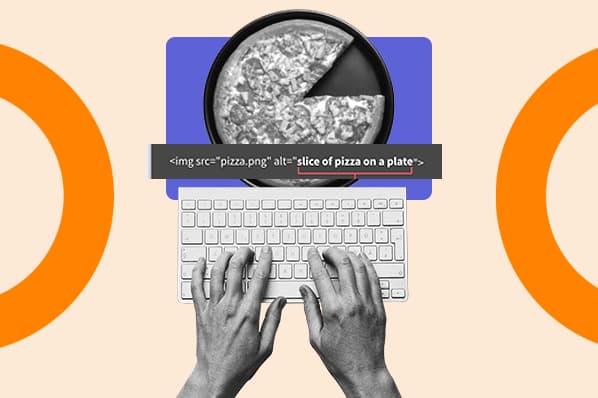Discover how adding alt text to your social media posts boosts accessibility and reaches a wider audience.
Get insights from accessibility advocate Alexa Heinrich on five best practices for alt text implementation.
What is Alt Text?
Alt text, also known as alternative text, provides a descriptive narration of visual content for users who are unable to see it.
It allows individuals using screen reader devices to comprehend the context and meaning of your content.
Why Is Alt Text Important?
Alt text (Alt) is crucial because it ensures that your social media content is accessible to individuals with vision impairments or blindness.
Despite the availability of alt text features on social media, many creators and brands fail to utilize them effectively, according to Alexa, a social media strategist and accessibility advocate.
5 Best Practices for Using Alt Text on Social Media
Below are five essential practices for using alt text on social media to ensure your content is accessible and of high quality:
- Keep it simple: Use concise descriptions.
- Avoid emojis: Emojis can be misinterpreted by screen readers.
- Don’t prioritize SEO: Focus on accurately describing the image.
- List important information first: Begin with the most crucial details.
- Use closed captions and audio descriptions: Provide additional accessibility for multimedia content.
#1: Keep It Simple
According to Alexa, the key to effective alt text is simplicity. Instead of stuffing it with keywords, hidden messages, or excessive details, focus on describing the image itself. Avoid unnecessary fluff and provide a clear and concise description.
#2: Avoid Emojis
When it comes to alt text, it’s best to steer clear of emojis. They can create a cluttered and confusing experience for users relying on screen readers. Alexa’s Instagram post highlights how emojis can impact screen reader users. If you do choose to use emojis in your content, remember to use them sparingly, place them at the end of posts and tweets, and consider using dashes instead of emojis as bullet points.
#3: Prioritize Accessibility over SEO
When it comes to alt text, focusing on accessibility is key according to Alexa. While alt text does play a role in discoverability, it’s important to remember that its primary purpose is to enhance accessibility for all users.
“Consider how you can improve the overall experience for everyone engaging with your content,” Alexa advises.
If you do decide to optimize for SEO, be intentional and avoid stuffing random keywords into the alt text field. Instead, find ways to organically incorporate keywords into your image description. And remember, hashtags can be used for SEO purposes if needed.
#4: Prioritize Important Details
When crafting alt text, it’s essential to follow the lead of disability advocate and creator Higher Priestess by placing the most significant information at the beginning.
Determining the significance can vary based on the content. According to Higher Priestess, if the graphic or image is primarily text-based, it’s advisable to describe the text first. However, for images or memes, some individuals prefer a description of the image first to provide context before addressing the text.
#5: Enhance Accessibility with Closed Captions & Audio Descriptions
According to Alexa, ensuring your video and audio posts are accessible is just as crucial as using alt text. Closed captions are a powerful tool that benefits not only those with learning disabilities but also individuals in noisy environments, making content accessible to a broader audience.
Additionally, for individuals with visual impairments, consider incorporating audio descriptions or described video to provide a comprehensive experience. Entrepreneur and creator Tiffany Yu exemplifies this in her “The Anti-Ableism Series,” where she enhances accessibility by including audio descriptions that describe the setting and attire, enabling everyone to fully engage in her talk.


